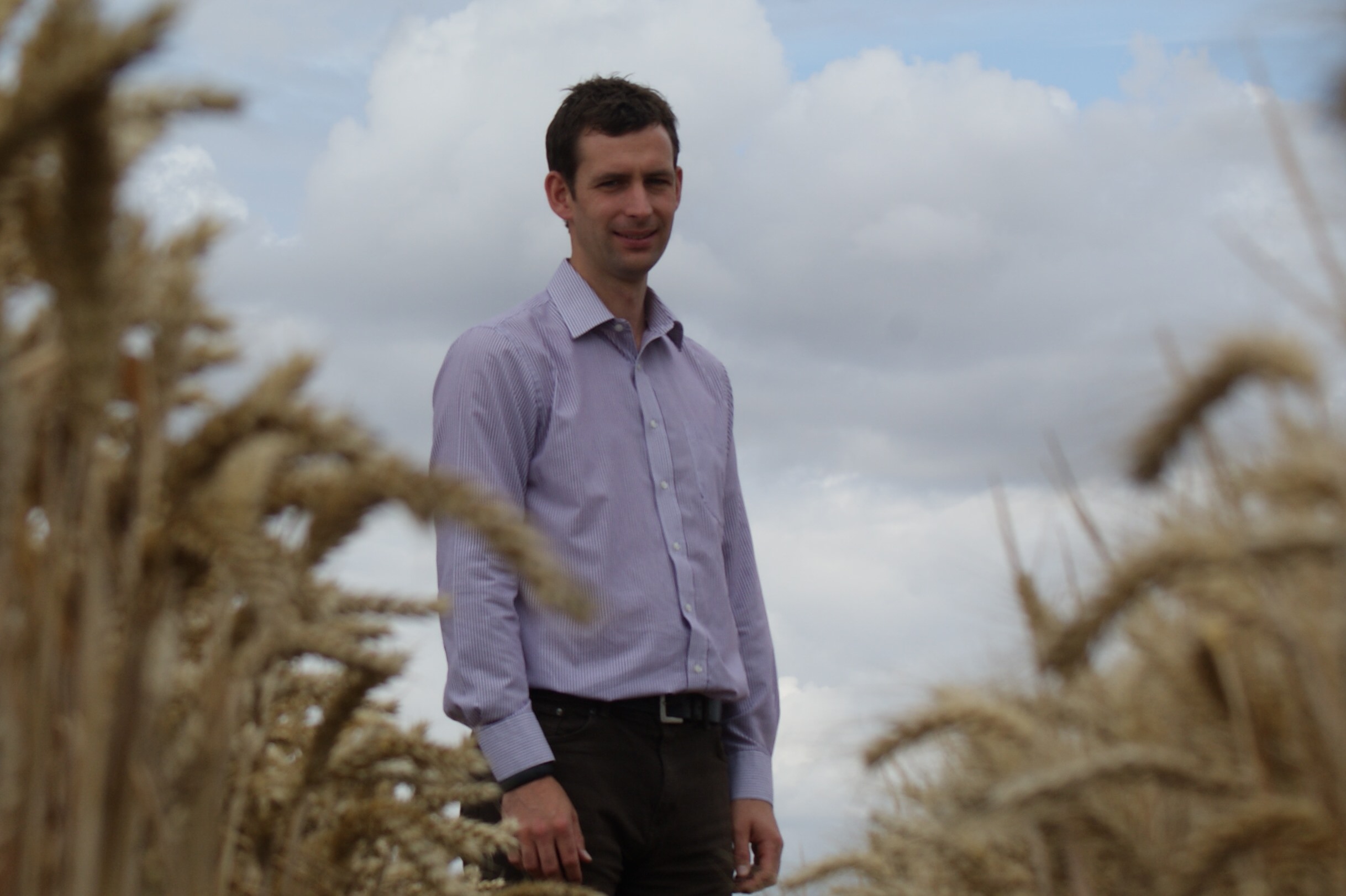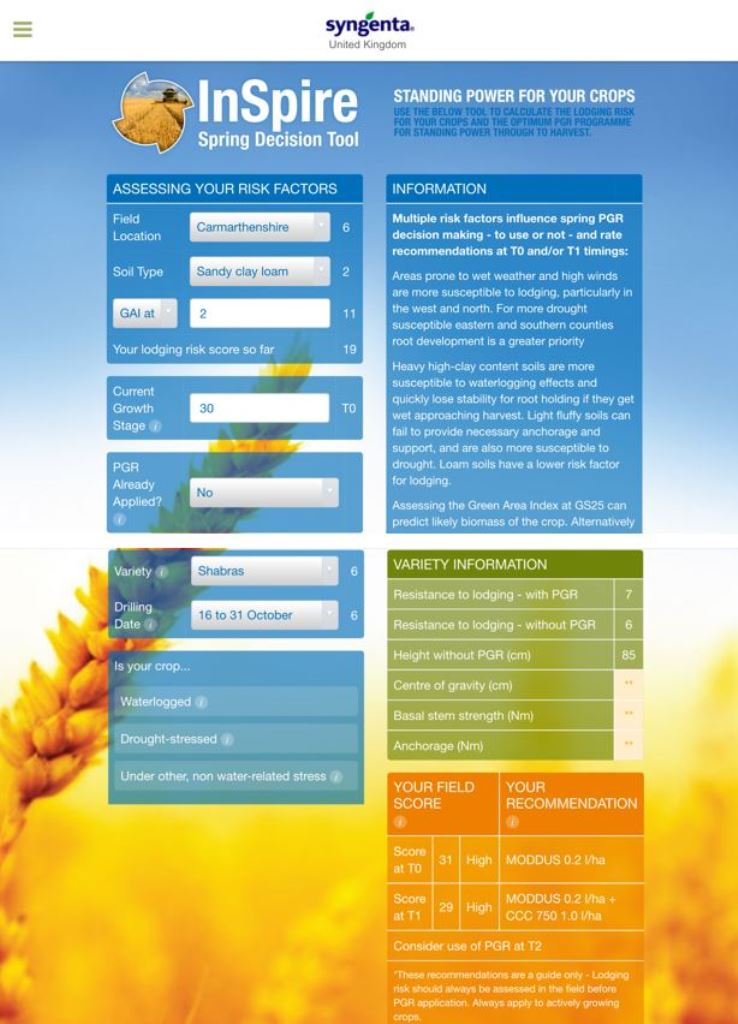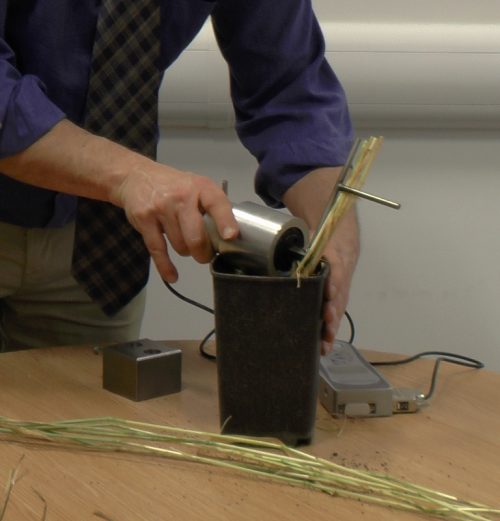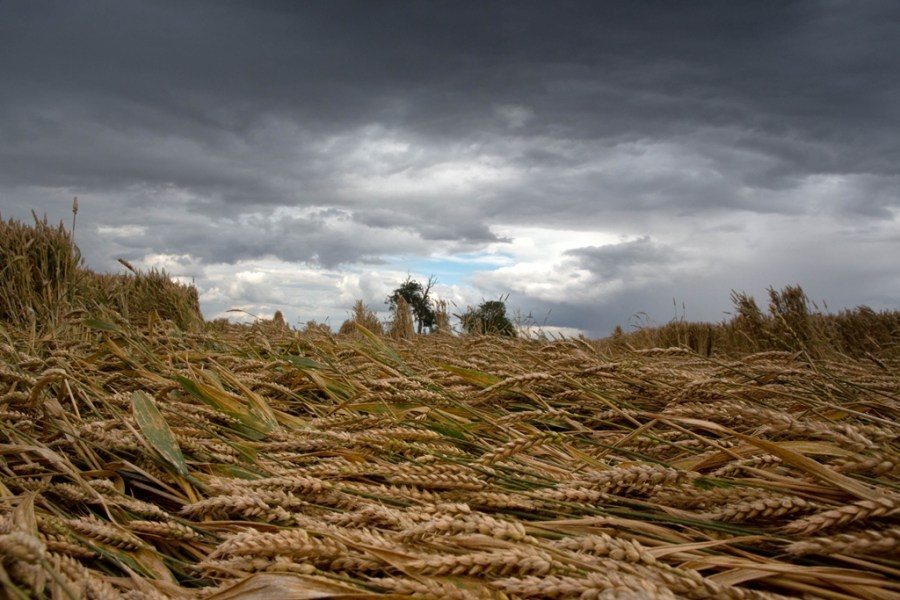There’s now an on-line tool, that uniquely uses new research on the root and stem strength of individual varieties to help growers tailor their early PGR strategy. CPM tries it out.
By Tom Allen-Stevens and Lucy de la Pasture
If you were caught out by lodging in 2017, you’ll be keen to ensure your wheat crop stays standing this year.
“Some growers were reluctant to invest in PGR programmes last year, with small crops coming out of the winter and a late spring for growth,” recalls Syngenta field technical manager James Southgate.

Don’t underestimate the need for a tailored PGR programme, says James Southgate.
“However, the warning signs of small root structures and wet soils pointed to the risk factors for bigger crops at harvest – which certainly became evident.
“Once crops received rain, there was a large uptake of nitrogen and they bounced back from the stress.
“Often when early drought stress is followed by moisture it leads to an increased risk of lodging and these crops would have benefited from a PGR.”
For those confident in their crop’s ability to yield, there’s always the worry at this point in the season whether the crop’s looking just a little too good, and whether a split PGR would be a wise choice.
Syngenta claims its new on-line tool, InSpire, takes all of these factors into account. The data that drives it are based on years of variety-specific research carried at Harper Adams University.
CPM visited Harper’s Dr Mitch Crook for a full Research Briefing and to find out how the varieties were assessed.
This gave us some valuable background information on root and stem lodging and how these factors vary for different varieties and field situations.
We’ve now put the theory to the test with the new on-line tool.

The nice thing about the tool is that it’s a quick and easy way to navigate your way through the various risk factors.
As you select the risk factors on the left-hand side, information on each one comes up on the right – it gives you a relative idea as you go along whether your crop’s likely to be robustly rigid or have potential to topple.
You’ll need to know the green area index of your crop at GS25, or alternatively the expected yield, which gives an indication of the biomass that may need to be managed.
Drilling date is also important, with later drillings likely have an emphasis on T0 to improve rooting and stem strength.
For earlier drillings, the later T1 timing manages crop height, depending on varietal characteristics, crop development and yield potential.
Unique aspect
The unique aspect about the tool is revealed when you pick the variety – along with lodging risk ratings drawn from the AHDB Recommended List, you get starred risk ratings on whether a variety is more susceptible to stem or root lodging.
“This is useful information as it helps us know which PGR timing is likely to be the most influential for a particular variety and this is where the value of the variety work really comes into play,” notes James.
The RL rates Grafton as 8 for lodging risk, for example, both with and without PGR, indicating a short, stiff-strawed variety, he points out.
“The work Mitch has done shows Grafton has a good centre of gravity, so is unlikely to be subjected to large toppling forces but doesn’t score well for anchorage.
 Grafton doesn’t score well for root anchorage.
Grafton doesn’t score well for root anchorage.
“So the RL rating doesn’t give any indication that there’s likely to be a benefit from targeting PGRs at the T0 timing.”
The situation with Revelation is entirely different, he says. “The RL rates Revelation as 7 for lodging risk without a PGR, and 8 where a PGR is applied.
“Mitch’s work shows Revelation has good anchorage strength but has a weak centre of gravity, meaning the emphasis on PGR timing needs to be entirely different than for Grafton, even though the RL lodging risk scores are very similar.”
Along with the on-line tool, there’s a handy brochure you can download that summarises the advice in an infographic and table, with illustrations of the main risk factors.
The InSpire decision support tool and other resources can be found at www.syngenta.co.uk/pgr-decision-tool




